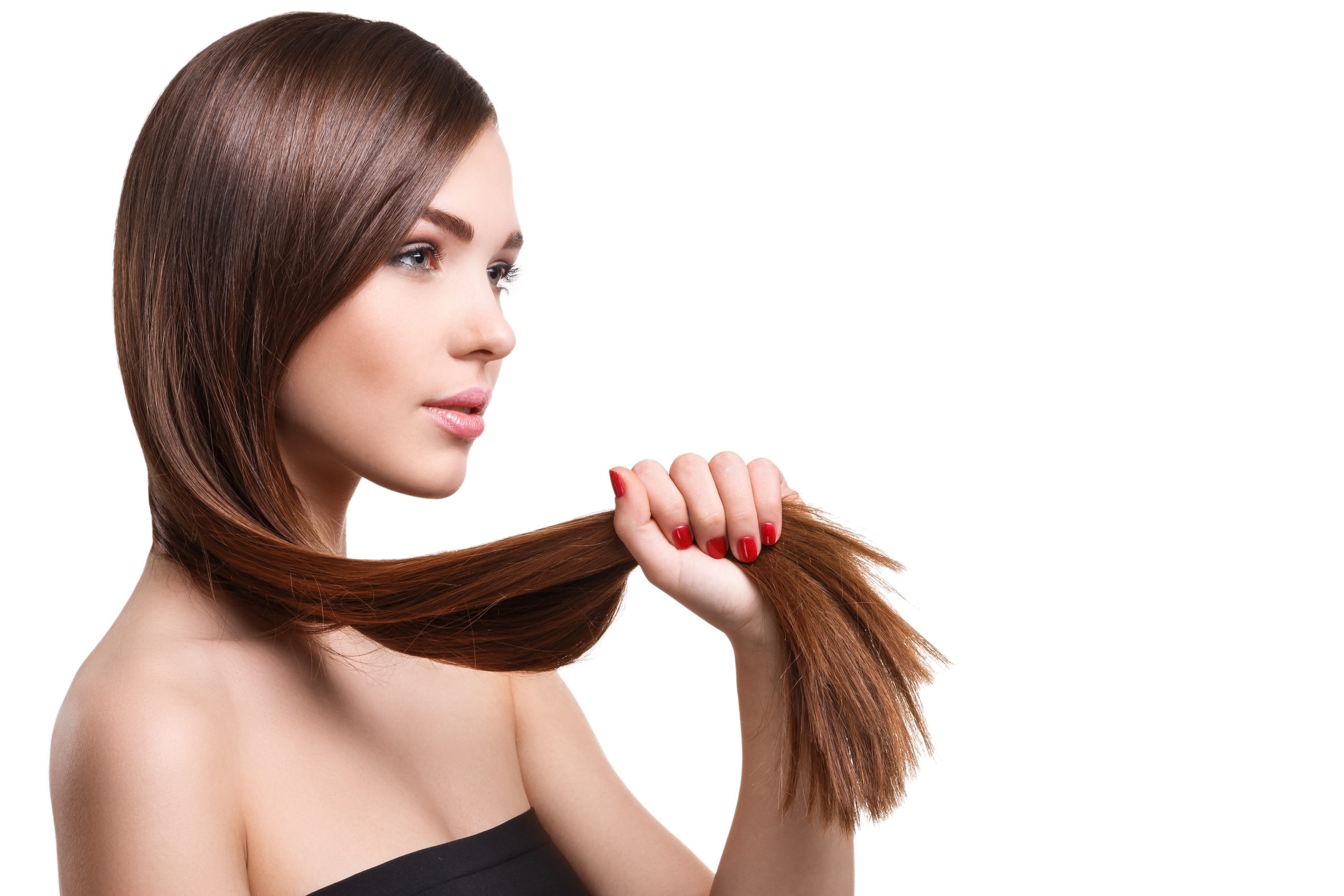You have finally had that tattoo removed that you regretted more than anything and was a constant reminder of a mistake or embarrassing moment. Opting for tattoo removal can be an exciting experience, particularly if you’re looking forward to having your tattoo taken out of your skin permanently, and the next step is to ensure that you look after the treated area to ensure you obtain the best results. Here are some of our top tips to help care for your skin after tattoo removal.
1. Treat The Area
The first step to caring for your skin after tattoo removal is to clean the area well with cleanser and water and then pat it dry gently with a towel. Then, apply the anti-infection ointment recommended by your doctor for approximately three days after the tattoo removal procedure has taken place. After this, wrap the area with a bandage to keep it clean and protected from infection. When the artist initially bandages your arm after the treatment, it is advised to not remove it for at least two to four hours (dependent on the tattoo size and the intensity of the colouring, which will determine the laser treatment which you will have had to remove the tattoo). You can keep the bandage on for up to six hours if you’re more comfortable with that.
2. Don’t Pick The Scab!
As much as scabs are tempting to pick, do avoid doing this because it may result in scarring and infection. Ensuring that your skin isn’t disturbed or irritated during the healing process is important. If the area becomes infected there will be increased signs of redness and pain as well as a pus-like discharge. If you are experiencing any of these symptoms then you must contact a medical professional immediately.
3. No High-Pressure Water
After your treatment, you are able to shower but stay away from high-pressure water hitting the treated area. Also avoid soaking the area in water for so long, which means you should avoid swimming or baths etc. It is also important to ensure that you are only using warm, soapy water, and are avoiding any kind of body wash or lotions which contain added perfumes and chemicals, as these can be particularly irritating on the skin.
4. Blisters
When your tattoo has been removed, you will be given details on how to care for the treated area, including how to care for blisters. If you want to reduce inflammation and discomfort then apply a cool compress as many times as you need to within the first 24 hours. During this 24-hour period, you should apply a prescribed antibiotic ointment to the blisters, and where required, you may apply more ointment throughout the day. Don’t aggravate the area by picking or popping the blisters, as this can lead to scarring.
5. Don’t Shave
After a tattoo removal procedure, it is important to avoid shaving the area around your tattoo because it can irritate the skin and therefore take longer to heal. When you’re shaving, not only do you remove hair but you can be at risk of removing thin layers of the skin as well. You can also accidentally pop blisters which can cause infection and scars. However, you will be able to shave that area again when it has healed fully.
There are a number of top tips for looking after your skin after tattoo removal. Firstly, you should take good care of the area and look out for any signs of infection If you notice any signs of the area becoming overly inflamed, then contact a health professional immediately. Take the advice of the tattoo artist/tattoo removal professional for the aftercare and any ointments they recommend you should use.










